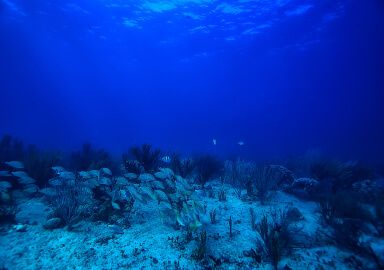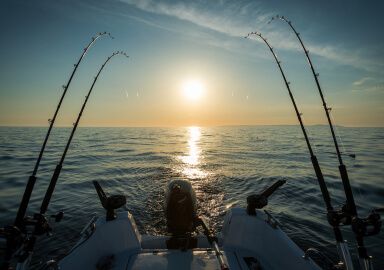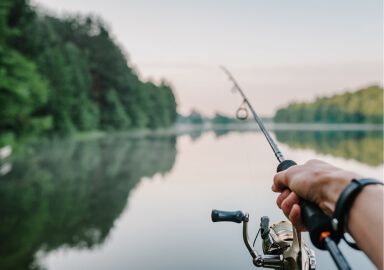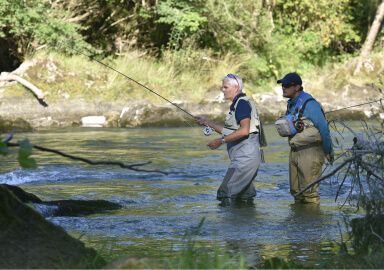Spanish Mackerel
Spanish Mackerel is a medium sized torpedo shaped fish found in the West of the Atlantic Ocean, and is important both for sport and as a food source.
View 97 listings
97
listings
–
price starting from
12
countries
–
to the nearest trip
Where and When?
Spanish Mackerel sustains both recreational and commercial fisheries and, as a result, stocks began to decline, but recent management appears to be reversing this trend. In American waters there are now strict bag and size limits, trip limits and some closed seasons. Prime fishing bases are found along the northern shores of the Gulf of Mexico from Yucatan round to Florida and then, in summer, right up to Cape Cod. The right time is simply almost all year in the south and the summer months in the north, though there will be variations in timing from season to season and locality to locality. In some southern areas they may be present throughout the year but in the north they are absent during the colder months.
About Spanish Mackerel
The Spanish Mackerel (Scomberomorus maculatus) is one of 18 Mackerel species found throughout the world. This is a medium sized fish with torpedo-shaped body; like other Mackerel species, it is highly migratory with summer movements into cooler waters. They are mainly piscivorous, in other words they eat mostly fish. All Mackerel are extremely hydrodynamic, to minimize water resistance and thus energy use, and the result is a type of fish that can fight at great speeds with enormous strength. The females of the Spanish Mackerel attain the weight of about 5 kilograms in 11 years, while the males are smaller and only live for about 7 years. They generally undertake a summer northwards spawning related migration although some areas contain this species all year round. They are a shallow water species rarely found below 50 metres.
How to Catch?
The Mackerel primarily targets shoals of small fish rather than individual larger prey. This means that the best fishing approach is to imitate these targets by presenting small sized, fast moving lures or bait in the correct place in the right way at the right time. Boat based fishing can be very productive and successful, but as an inshore species, Spanish Mackerel may be caught from the shore, piers, or beaches, although they generally do not enter estuaries or enclosed lagoons. Local knowledge is essential if you want to be where the shoals of Spanish Mackerel are biting on a particular day. All fishing methods that imitate small bait fish, including casting jigs, spoons, spinners and flies can be productive while live bait can also be used to great effect. The key to catching Mackerel is to retrieve the lure rapidly. As the species is not exceptionally large, light tackle may be used and as the species “fights above its size” it remains a very popular target. Legally sized fish may be kept without seriously impacting stocks and the flesh is particularly palatable to most tastes.







